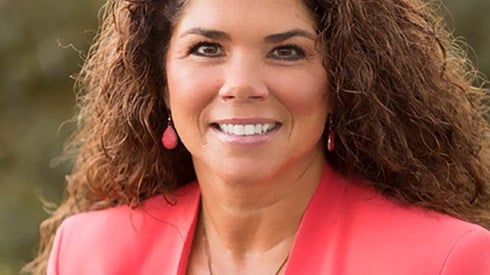2022 Was a Good Year for Captives

December 19, 2022

Editor's Note: Hylant Global Captive Solutions contributes this Thought Leadership article examining developments in the captive insurance market in 2022.
Driven by a historically hard insurance market and greater global uncertainty, the captive insurance market saw significant growth during 2022. In addition to new captive owners, many companies already using captives extended the concept to address other risk exposures.
Beyond using captives to address traditional property and casualty risks, we've seen dramatic increases in nontraditional coverages such as supply chain, difference-in-conditions, life, and voluntary benefits. Insurance represents one of the top expense line items for many organizations, with hefty annual increases becoming the norm. Coverage is narrowing, too, particularly in the increasingly crucial cyber segment, where policies cost more and offer less protection. As companies become more cognizant of their risk exposure, they're eager to identify ways to mitigate those risks.
We've observed increased sophistication with in-house risk management in recent years. Where companies were once content to defer most risk-related activities to their insurance brokers or consultants, a larger share is playing an active role in identifying and analyzing risk. Coupled with that increased awareness is familiarity with nontraditional risk management opportunities. Strategies once seen as exotic are becoming commonplace. Even if top executives have not deployed strategies such as captives, they're aware of their existence and the role they can play.
That's especially important in the face of current business challenges. Organizations are still recovering from the COVID-19 pandemic, which uncovered problems many leaders had never considered. Weaknesses in the global supply chain are starving some businesses and slowing others. Workforce shortages are driving the adoption of new technologies. Russia's invasion of Ukraine highlights the fragility of geopolitics. All of these factors create new risks and exacerbate existing ones, paving the way for creative risk retention strategies.
Thoughtful leaders are taking a more candid and comprehensive view of their exposures and recognizing where they may not be adequately covered through their traditional placements. It's prudent to explore emerging nontraditional threats and how they'll affect the business. For example, if an organization heavily depends on materials purchased from China, how might punitive trade restrictions affect margins? Issues like these create the opportunity to formalize and fund coverage by establishing a captive (or expanding an existing vehicle).
Growth in the captive insurance universe is generally occurring in all sectors. We've seen particular interest in several newer areas, including what we term "program business," such as managing general agents. Not-for-profit organizations are increasingly opting for captives, primarily driven by liability concerns. Another interesting growth area is captives for third-party solutions, such as the companies offering "extended warranty" policies for consumer purchases from large retailers.
One key area that saw attention during 2022 and is likely to continue involves excess coverages. As insurers raise premiums and cut capacity for excess coverages, organizations are replacing those pricey policies in their excess or umbrella coverage tower with captives. We've seen situations where a company had maintained (as an example) a $50 million excess tower, but after markets in the tower nonrenew or cut limits, that tower may have shrunk to $25 million. Establishing a captive offers a way to fill those holes in coverage, and captive owners considering taking a dividend or planning a premium holiday would be well-served to see if the amount might be better used to leverage this surplus in expanding the tower.
That interest is also fueling growth in the use of cell captives. The opportunity to join an established cell captive facility appeals to many organizations, who see it as a faster way to transition the approach and keep operating costs as efficient as possible. Companies that heard about captives a decade ago but didn't think they were large enough or worried about the added resources and responsibilities now have access to an easier, more affordable strategy.
Most often, a cell captive involves substantially less time and lower capitalization costs than a comparable single-parent captive. This has allowed cell captives to extend the advantages of the captive strategy to smaller and middle-market enterprises, and a growing number of domiciles have enacted legislation increasing the availability of the approach. The demand led Hylant to establish a second cell facility.
Cell captives provide not only an entry point for organizations but also serve as an incubator for exploring the viability of captive strategies. For example, an organization may join a cell captive to address one specific risk area, whether that's medical liability or cyber security. As they witness the approach's efficacy, they'll often transition to their own single-parent captive or add separate cells for other risks.
Continued economic uncertainty and other unprecedented challenges suggest that 2022's activity offers a glimpse of what's ahead for the captive marketplace. With no near-term expectations for a softening insurance market and the many advantages offered by a captive strategy, we can expect to see the current growth continue.
December 19, 2022








